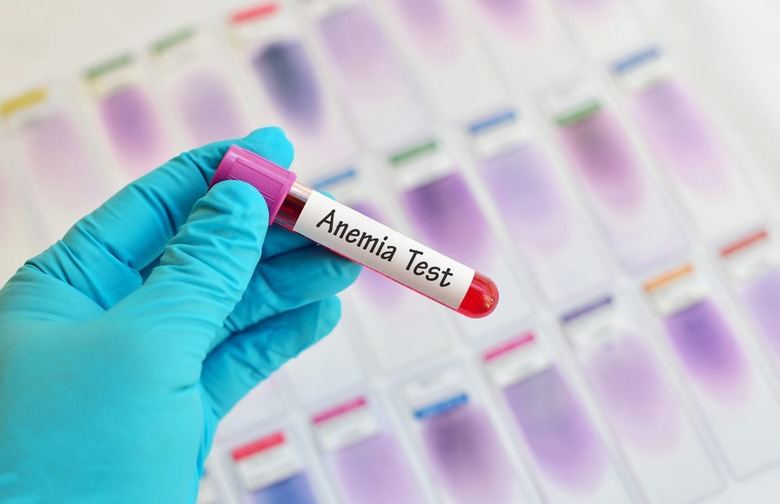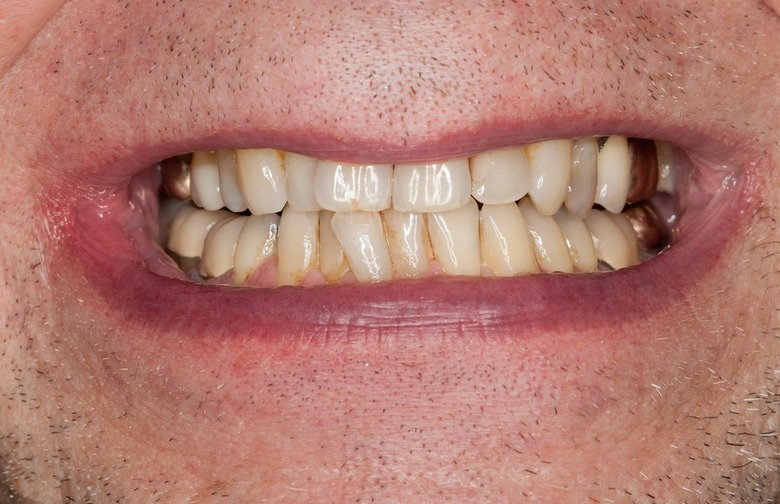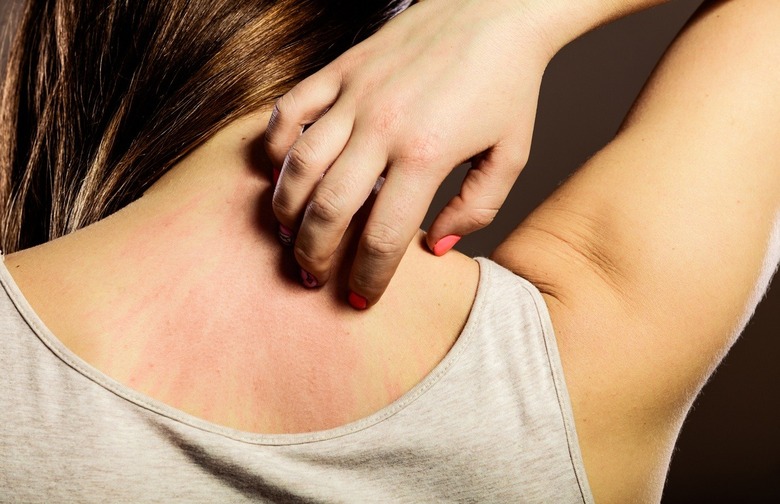6 Unexpected Signs You Actually Have Celiac Disease Slideshow
The lining of the small intestine responsible for absorbing iron can be damaged by celiac disease. The autoimmune response triggered by gluten can completely erode the nutrient-absorbing microvilli. Low amounts of iron in the body can be a sign that the small intestine isn't properly absorbing nutrients.
Discolored Teeth
White, yellow, or brown blotches on adult teeth are symptoms of celiac disease. Tooth discoloration cannot be reversed with the adoption of a gluten-free diet. Erosion of teeth enamel and calcium deficiency are serious problems for celiac patients that can lead to frequent trips to the dentist's office.
Family History
A 2012 study, found that first-degree relatives of a patient with celiac were five times more likely than the national average to be diagnosed, and suggested that first-degree relatives be screened for the disease.
Lactose Intolerance
Celiac disease damages the small intestine and erodes the microvilli lining responsible for producing lactase, the enzyme needed to break down the lactose found in milk.
Skin Rash
Dermatitis herpetiformis is a skin rash commonly associated with celiac disease that appears on individuals between the ages of 20 and 45. About 10 to 25 percent of celiac patients develop dermatitis herpetiformis, but the itchy rash often comes without the typical gastrointestinal issues most often associated with the disease. The rash is caused by an immune system response that releases antibodies into the blood stream, leading to further inflammatory immune reactions.
Weak Bones
Celiac disease can lead to a reduction in calcium absorption. Individuals diagnosed as celiac have a 30 percent higher chance of fracturing a bone and as much as a 69 percent higher chance of suffering a hip fracture.





